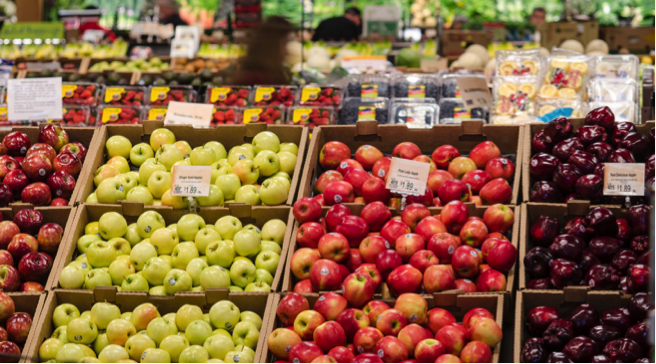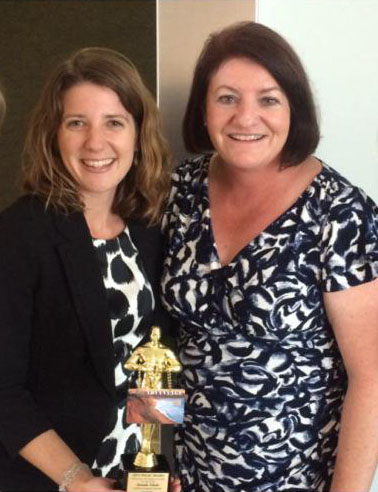Thousands of Our Military Families Go Hungry Because of a Legal Loophole
/At first glance, Robert and Alyssa (names changed) are a picture-perfect military family stationed in San Diego. While he serves in the Navy, she cares for their infant daughter and works a few hours per week at the local school. Despite the rosy image, making ends meet is a challenge. “We try to make our money stretch, but life happens,” says Alyssa. “There are many things that we deal with that are different for military families than for civilian families…it can be hard.” Robert and Alyssa are not alone. Feeding America reports that nationally, one in five of the households they serve includes a military member or veteran.
Our fellow citizens join the military to serve our country. They too clip coupons and a manage a tight budget, yet military families face unique obstacles that make it more challenging for a family to put food on the table each month - especially for those stationed in San Diego County.
“Food is the most common and pressing need we see from military families in crisis,” says Tony Teravainen, U.S. Navy (Retired) and CEO of the San Diego non-profit Support The Enlisted Project (STEP). Low military incomes combined with high San Diego living costs make for tight budgets. Yet many of these families are not able to access the same federal assistance programs that other Americans rely on every day. So when inevitable life events happen – an expensive car repair or a child in the emergency room - it can become impossible to make ends meet for months.
“To make sure their kids have enough to eat, military parents may go hungry or forgo medicines and other basic needs. Thousands are forced to seek the help of emergency food services just to get by for another few days,” says Teravainen.
Those that dedicate their lives to serving our country deserve better.
We need to give military families the same access as civilian families to federal food assistance. CalFresh, federally known as the Supplemental Nutrition Assistance Program (SNAP), is one of the most effective anti-hunger programs available. CalFresh is designed for civilian and military families alike, but while civilians across the U.S. rely on SNAP, many military families are ineligible because of where they are stationed.
On average in San Diego, CalFresh provides $4.27 per person, per day for food. That might not sound like much, but it can help a struggling family with a limited income. It also gives families the dignity to purchase the food they need at their local grocery store rather than standing in line at a food bank.
So why do many military families miss out on this resource? CalFresh eligibility is based primarily on income, and calculating military income gets complicated. It’s in these details where hungry military families get left behind.
Military families are provided with a Basic Allowance for Housing, which is determined by where they are stationed, among other factors. The U.S. Department of Agriculture, the agency that sets CalFresh eligibility requirements, considers the housing allowance provided to military families as income -- even though the IRS doesn’t.
San Diego housing costs are twice the national average, so families stationed in San Diego are given a higher allowance. Although the IRS does not consider the housing allowance as income -- and it’s not considered income for other federal assistance programs – for some reason it’s counted when calculating eligibility for CalFresh.
This tangle in the red tape leaves tens of thousands of San Diego’s military families struggling needlessly.
You can help remove this barrier. San Diego Hunger Coalition represents the voice of these families and the nearly half a million San Diegans who don’t have ready access to healthy, affordable food. We share their experiences with policymakers nationwide and advocate for improvements to anti-hunger policies and programs. Ensuring our military families can provide healthy food for their children is a bipartisan and common sense issue, but it will take a coordinated effort from Americans like you to close this loophole.
Make your voice heard. Sign this petition to let congressional leaders know that military families facing hunger is unacceptable. Donate to the San Diego Hunger Coalition to fuel a strong, swift advocacy effort that can’t be ignored. Bring more voices to this movement by sharing the petition and this article with your friends and colleagues. Together, we can provide our military families with the dignity and food security they deserve.


























